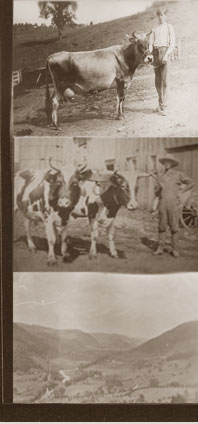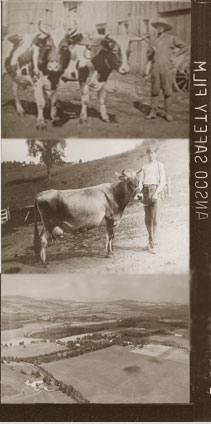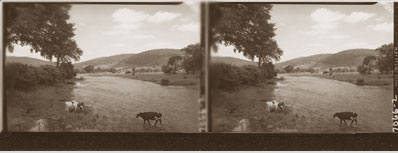


Water Supply System
After exploring alternatives for increasing supply, the City decided to impound water from the Croton River, in what is now Westchester County, and to build an aqueduct to carry water from the Old Croton Reservoir to the City. This aqueduct, known today as the Old Croton Aqueduct, had a capacity of about 90 million gallons per day (mgd) and was placed in service in 1842. The distribution reservoirs were located in Manhattan at 42nd Street (discontinued in 1890) and in Central Park south of 86th Street (discontinued in 1925). New reservoirs were constructed to increase supply: Boyds Corner in 1873 and Middle Branch in 1878. In 1883 a commission was formed to build a second aqueduct from the Croton watershed as well as additional storage reservoirs. This aqueduct, known as the New Croton Aqueduct, was under construction from 1885 to 1893 and was placed in service in 1890, while still under construction. The present Water System was consolidated from the various water systems in communities now consisting of the Boroughs of Manhattan, the Bronx, Brooklyn, Queens and Staten Island.
Since 1842, there have been no significant interruptions of service other than brief annual shutdowns for the purpose of routine inspections during the period from 1842 to the Civil War.
In 1905 the Board of Water Supply was created by the State Legislature. After careful study, the City decided to develop the Catskill region as an additional water source. The Board of Water Supply proceeded to plan and construct facilities to impound the waters of the Esopus Creek, one of the four watersheds in the Catskills, and to deliver the water throughout the City. This project, to develop what is known as the Catskill System, included the Ashokan Reservoir and Catskill Aqueduct and was completed in 1915. It was subsequently turned over to the City's Department of Water Supply, Gas and Electricity for operation and maintenance. The remaining development of the Catskill System, involving the construction of the Schoharie Reservoir and Shandaken Tunnel, was completed in 1928.
In 1927 the Board of Water Supply submitted a plan to the Board of Estimate and Apportionment for the development of the upper portion of the Rondout watershed and tributaries of the Delaware River within the State of New York. This project was approved in 1928. Work was subsequently delayed by an action brought by the State of New Jersey in the Supreme Court of the United States to enjoin the City and State of New York from using the waters of any Delaware River tributary. In May 1931 the Supreme Court of the United States upheld the right of the City to augment its water supply from the headwaters of the Delaware River. Construction of the Delaware System was begun in March 1937. The Delaware System was placed in service in stages: The Delaware Aqueduct was completed in 1944, Rondout Reservoir in 1950, Neversink Reservoir in 1954, Pepacton Reservoir in 1955 and Cannonsville Reservoir in 1964.
Water for the system is impounded in three upstate reservoir systems which include 19 reservoirs and three controlled lakes with a total storage capacity of approximately 580 billion gallons. The three water collection systems were designed and built with various interconnections to increase flexibility by permitting exchange of water from one to another. This feature mitigates localized droughts and takes advantage of excess water in any of the three watersheds.
In comparison to other public water systems, the Water System is both economical and flexible. Approximately 95% of the total water supply is delivered to the consumer by gravity. Only about 5% of the water is regularly pumped to maintain the desired pressure. As a result, operating costs are relatively insensitive to fluctuations in the cost of power. When drought conditions exist, additional pumping is required.





